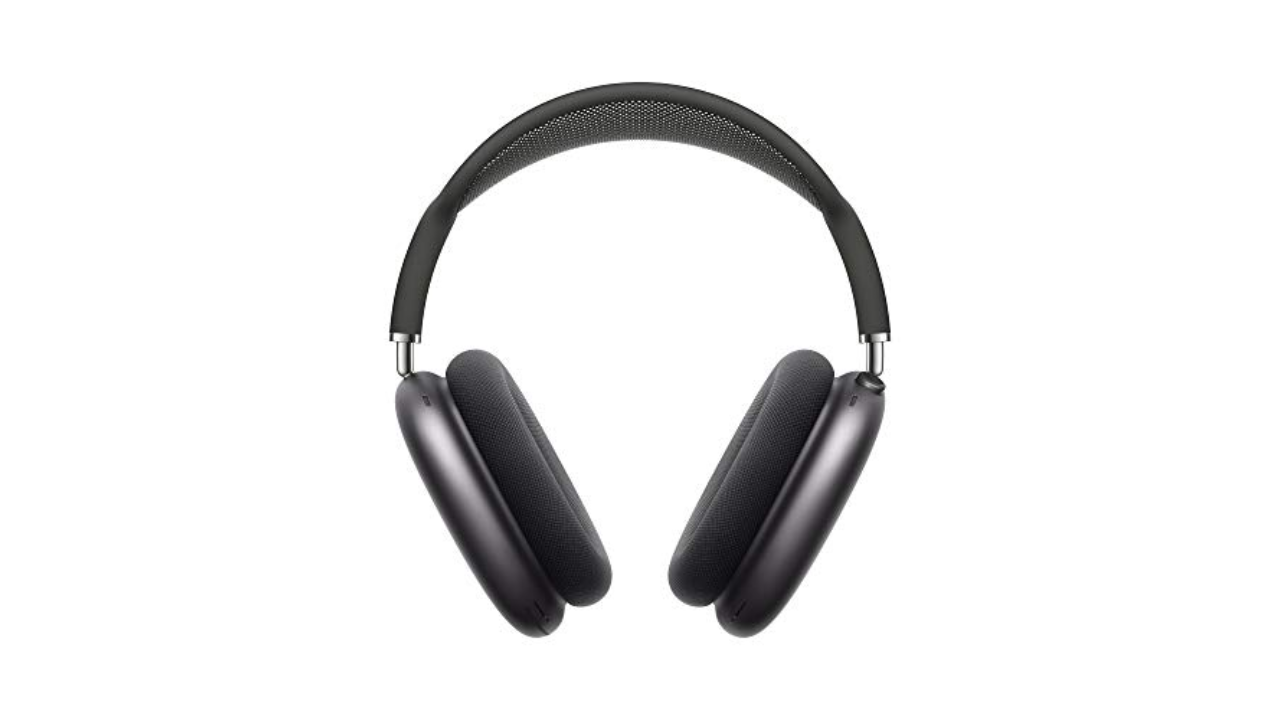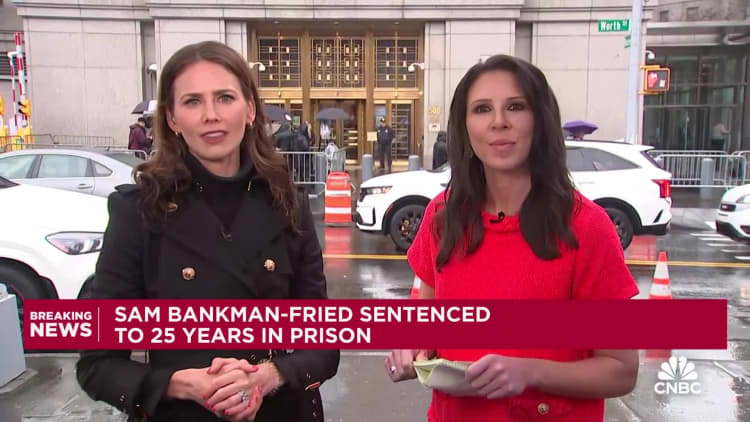
By Jeremy Cunningham, Director of Marketing, Design & Content at Green Paper Products
Food packaging containers, often made from plastic, are ubiquitous in the food industry, used by vendors and brands alike to package everything from snacks to ready-made meals.
However, the urgent need to mitigate climate change in today’s environmentally conscious world is the reason why the demand for sustainable food packaging has risen. This eco-friendly alternative refers to materials and methods that have a minimal environmental impact throughout their lifecycle; this includes production, usage, and disposal. This simply means they are designed to be recyclable or compostable.
The science behind sustainable food packaging
So, what makes packaging sustainable? It starts with the materials. Bioplastics, for example, are made from natural sources like corn starch or sugarcane and are compostable. Recycled materials give old products a new life, reducing the need for new resources. And plant-based options, like bamboo or paper, are renewable and compostable, breaking down much more easily than plastic.
Another factor to consider is how sustainable packaging is made. The manufacturing process is known to consume less energy and produce fewer emissions compared to traditional plastics. Furthermore, innovations like edible packaging and smart packaging help preserve the shelf life of packaged food which reduces waste for disposal and saves resources.
Environmental benefits of sustainable packaging
Switching from traditional plastic to sustainable packaging offers significant environmental advantages. Traditional plastics often end up in landfills or the ocean because they take a long time to decompose, contributing to pollution. Sustainable packaging, made from materials like bioplastics, breaks down more quickly under the right conditions, leading to less waste and a cleaner environment.
Another big benefit is the reduction in carbon footprint. Making plastic packaging requires a lot of fossil fuels, but sustainable materials often need less energy to produce. And when we use recycled content, we cut down even more on emissions. The whole lifecycle of sustainable packaging, from production to disposal or recycling, is designed to be more environmentally-friendly. This means the materials are reused and recycled, reducing the need for new resources and minimizing waste.
In addition, certain types of bioplastics, under the right conditions (like industrial composting), can break down into natural elements like water, carbon dioxide, and biomass. It’s a cradle-to-cradle approach that keeps materials in use and out of landfills.
Impact of sustainable packaging on climate change
Have you considered the impact of your packaging choices on climate change? Tools from the Environmental Protection Agency (EPA) show that using more recycled content in packaging significantly reduces greenhouse gas emissions. These findings highlight the importance of making environmentally conscious purchasing decisions. Choosing sustainable packaging not only helps the planet but also meets the growing demand from consumers for eco-friendly products.
However, the movement does not stop there, as governments and industries worldwide are recognizing the importance of sustainable packaging. The European Union, for example, has set ambitious targets to boost recycling rates and reduce packaging waste. Major brands like Coca-Cola and Unilever also commit to using more sustainable materials and reducing their packaging footprint.
Implementing sustainable packaging in your business
If you own a food brand, then you understand the role of packaging in your business. Replacing traditional plastic packaging with substantial packaging can give your business a unique feel. In your journey to transition from plastic packaging to eco-friendly packaging, you can begin by doing the following:
- Ditch the plastic: Start by replacing single-use plastics with compostable or recyclable alternatives. There are tons of options out there, from plant-based containers to paper straws.
- Close the loop: Use commercial composting services to manage your compostable waste effectively. They collect food scraps, biodegradable packaging, and more, transforming it into nutrient-rich soil.
- Think local: Source packaging materials from local suppliers who prioritize sustainability. This reduces transportation emissions and supports your community.
- Get creative: Consider offering products in reusable containers, which consumers can return for cleaning and reuse.
- Engage your customers: Endeavor to share your eco-friendly initiatives and educate customers on the benefits of sustainable packaging.
In addition to embracing sustainable packaging solutions, implement strategies to minimize food waste, such as donating leftovers to local shelters or composting food scraps. Explore opportunities to reduce energy consumption, such as using energy-efficient equipment and lighting. Finally, prioritize suppliers who uphold sustainable farming and fishing practices to support environmental stewardship further.
Remember, every step you take towards adopting sustainable practices helps reduce your environmental impact and creates a positive image for your food brand that aligns with the movement toward a healthier ecosystem. Assessing packaging needs and transitioning to more sustainable options not only benefits the environment, but also meets the growing consumer demand for responsible practices.
Together, we can make a lasting impact in the fight against climate change.
 Jeremy Cunningham is an experienced marketing professional currently serving as the Director of Marketing, Design, & Content at Green Paper Products. He joined the company in 2020 and has been instrumental in advancing the company’s marketing strategies over the past four years. Before his current role, Jeremy held key positions within Green Paper Products, including Social Media Manager and Content Manager, where he developed and executed impactful marketing campaigns.
Jeremy Cunningham is an experienced marketing professional currently serving as the Director of Marketing, Design, & Content at Green Paper Products. He joined the company in 2020 and has been instrumental in advancing the company’s marketing strategies over the past four years. Before his current role, Jeremy held key positions within Green Paper Products, including Social Media Manager and Content Manager, where he developed and executed impactful marketing campaigns.

Credit: Source link


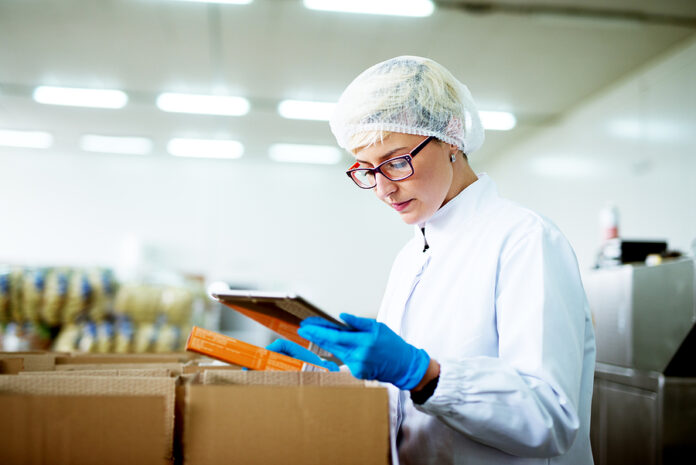
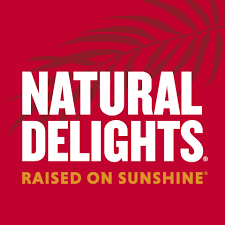
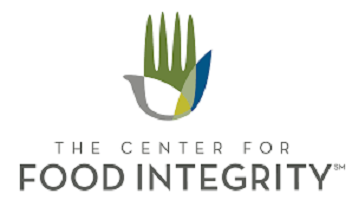
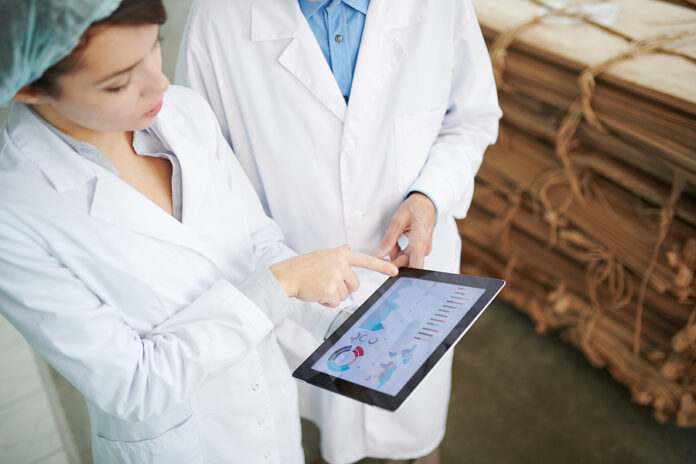
![[Guide] 5 Reasons Your Business Does or Doesn’t need an ESOP [Guide] 5 Reasons Your Business Does or Doesn’t need an ESOP](https://foodindustryexecutive.com/wp-content/uploads/2024/08/Food-Industry-Executive-696x457.png)



